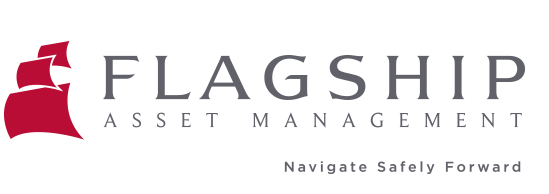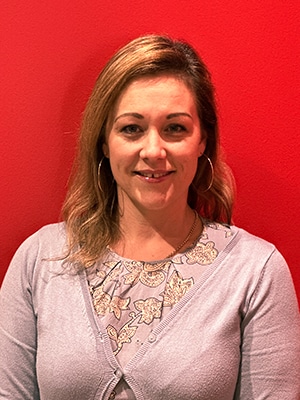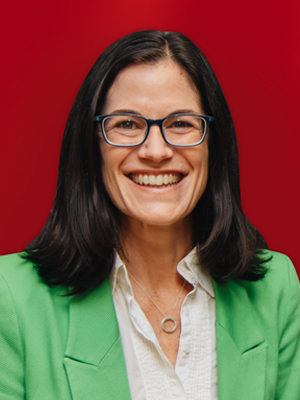
29 Mar It’s time to get serious about diversifying your assets
As published by Sanlam Glacier on May 29, 2020 by Pieter Hundersmarck
South Africans’ endurance in the face of hardship is being sorely tested. Firstly, by the economic lockdown of their businesses and the negative effect this is having on their livelihoods; secondly, by the government’s highly restrictive curbs on their personal freedoms; and, finally, by the destruction of their savings as domestic share prices react to the deteriorating local economy.
For many the response has been to be the proverbial deer in the headlights. In the absence of clear direction from the private sector, or from government, South African savers have opted to sit tight and hope that the negative developments in the local economy will somehow abate over time, and their investment portfolios will once again exhibit a semblance of growth.
Proponents of the deer in the headlight’s strategy are correct, up to a point.
Often the best response when the future is uncertain is to do nothing. Sitting tight prevents us from succumbing to panic selling (or buying) at the worst possible time. Just keeping cool during the recent market downturn in March will have saved many investors the large bulk of their capital as the markets staged a partial recovery from the lows.
However, doing nothing for long periods of time is indistinguishable from inertia, and can cause enormous damage to your wealth.
In the face of a changing environment, underlying investments in your portfolio require reappraisal to ensure that the funds and asset classes to which you are allocating your long-term savings are still fit for purpose. In this light, we would strongly argue that, right now, investors should be recalibrating their portfolios and allocating more to offshore funds.
Why do we say this? Take the following two charts for example. The first chart shows the performance of the Rand versus the US Dollar over the past 20 years, and the second shows inflation, the JSE All share and the MSCI All Country World Index.

Most readers will be familiar with the chart above. A currency is like the share price of a country: It captures demand for assets situated within its borders relative to assets of other countries, as well as that country’s attractiveness as a long-term investment destination. In this sense the South African ‘share price’ has been weakening versus any hard currency for over 20 years. In fact, since 1980, the currency has weakened on average 7% per year. The reasons are well known: corruption, de industrialisation, the inability to attract capital, emigration, and balance of payments and fiscal challenges. Sceptics of the trajectory may point out that there have been periods of strength, but 1) this hasn’t changed the long-term trajectory, and 2) they have rarely lasted longer than a year or two.

In the chart above, the performance of the South African exchange versus inflation and the MSCI All Country World Index tells a sombre story. The truth is that the JSE has been an incredibly poor performer, barely beating inflation. The same malaise that has impacted the economy has permeated the level of earnings growth that local companies can generate, as well as the valuation multiples that investors are willing to place on them. Only a return to sound economic growth, and the accompanying higher valuation multiples will change this trend. We note that without the contribution of Naspers and Prosus (which is 20% of this index), this picture would have looked even worse.
Most South Africans have their entire lives exposed to the local economy and the local currency. For their savings vehicles to be exposure to these same themes is simply not fit for purpose.
We argue that South African’s should be investing to diversify their reliance on single economies and sources of returns. Being employed by a local company, or running a local business, can be financially lucrative, but fortunes will ebb and flow with the local economy. The only way for an investor to be protected from this is to invest in hard currency, offshore.
It is trite to point out that the future is rarely predictable, but this should not preclude us from making active decisions to guard against the unknown. As investment guru Howard Marks notes, “It’s ok to not know the future, but you must always know where you are”. South Africans must take a view of where they are and whether the policies put in place in South Africa reflect a likelihood of the future being anything like the past. These are our three simple rules of thumb to assist in your investing decision-making:
History is often a guide to the future – The direction of the South African economy, and with it the performance of South African assets, will be decidedly negative for the foreseeable future. There may well be a bounce from the multi-year lows, but history should be the best guide to its longer-term trajectory.
Invest long term – Investment should never be confused with trading. When you make an investment decision into a unit trust, do your homework on the fund and make sure you are investing with a long-term mindset. Why? Because very few short-term trading strategies are repeatable over long periods of time.
Invest offshore into high quality businesses – the majority of South Africans are highly exposed to South Africa and would benefit from higher offshore exposure. Furthermore, we are seeing a bifurcation of businesses that will adapt and thrive in a Post COVID-19 world, and those that will not. Investors should ensure that their investments offer exposure to the former.
The message is clear. For most of us, our lives are in South Africa. Your savings don’t have to be. There are vehicles available to invest offshore and they should be taken advantage of.



















